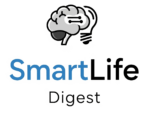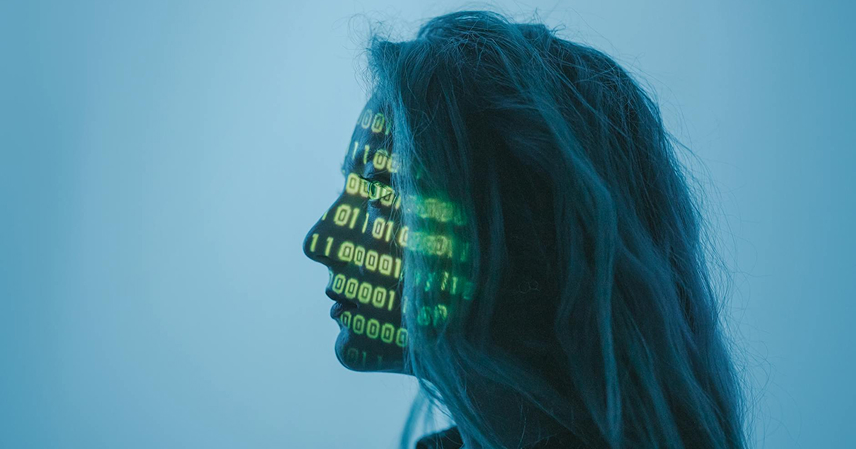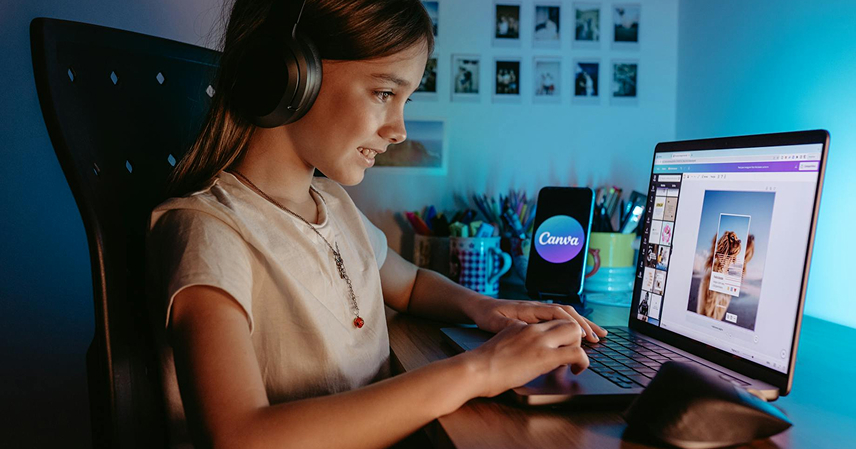Artificial intelligence has rapidly evolved from a futuristic concept into a powerful, accessible tool that is reshaping our world. Nowhere is this transformation more profound or more debated than in the creative industries. From music and film to writing and design, AI is a dual-edged sword, presenting both unprecedented opportunities and significant challenges.
This article explores the complex impact of AI on creativity, looking at how it’s empowering artists while also raising fundamental questions about the future of their work.
## AI as a Creative Co-Pilot: The Opportunities 🚀
For many creators, AI is not a replacement but a revolutionary new partner in the creative process. It acts as a co-pilot, accelerating workflows and breaking down technical barriers.
- Democratization of Creativity: Tools like Midjourney for art, Suno for music, and ChatGPT for writing have given people without years of technical training the ability to bring their ideas to life. This opens the door for a new wave of diverse creators.
- Accelerating the Creative Process: AI can handle time-consuming tasks, freeing up artists to focus on the bigger picture. It can generate dozens of logo concepts in minutes, create storyboards from a script, produce background music, or help a writer overcome a creative block by suggesting ideas.
- Opening New Artistic Frontiers: AI allows for the creation of art forms that were previously unimaginable, from interactive digital experiences to visuals that blend thousands of styles. It provides a new set of brushes and instruments for artists to explore.
## The Other Side of the Canvas: Challenges and Concerns 😟
Despite the exciting potential, the rapid rise of AI has sent ripples of concern throughout the creative community. These challenges are real and need to be addressed.
- The Question of Jobs and Value: The most immediate fear is job displacement. If AI can create a “good enough” illustration, article, or piece of music for a fraction of the cost, will companies still hire human professionals? This also raises the question of whether art will be devalued if it can be produced instantly.
- The Uncharted Territory of Copyright: Who owns AI-generated work? Is it the user who wrote the prompt, the company that built the AI, or the countless artists whose work was used to train the model without their consent? This is one of the most significant legal and ethical gray areas today.
- Ethical Dilemmas and Authenticity: The rise of deepfakes, misinformation, and the potential for AI models to replicate an artist’s style without permission are major ethical concerns. There is also a fear that over-reliance on AI could lead to a homogenization of art, where everything starts to look and feel the same.
## The Future is a Collaboration: Human and Machine 🤝
The future of creativity is likely not a battle of “human vs. machine,” but rather a new form of collaboration. AI is incredibly powerful at processing data, recognizing patterns, and generating variations, but it lacks genuine human experience, intent, and emotion.
The role of the creative professional may evolve. It might become less about pure technical execution and more about:
- Curation and Direction: Guiding the AI, selecting the best outputs, and refining them with a human touch.
- Prompt Engineering: The new skill of communicating complex creative ideas to an AI to get the desired result.
- Authentic Storytelling: Focusing on the uniquely human elements—emotion, vulnerability, and personal perspective—that AI cannot replicate.
## Conclusion
Artificial intelligence is undeniably a disruptive force. It is not just another tool; it’s a paradigm shift that is forcing us to redefine what it means to be creative. While the challenges surrounding jobs, ethics, and copyright are significant, the potential for AI to augment human creativity is equally immense. The creative industries are at a crossroads, and the choices we make today will shape the future of art, media, and storytelling for generations to come.



